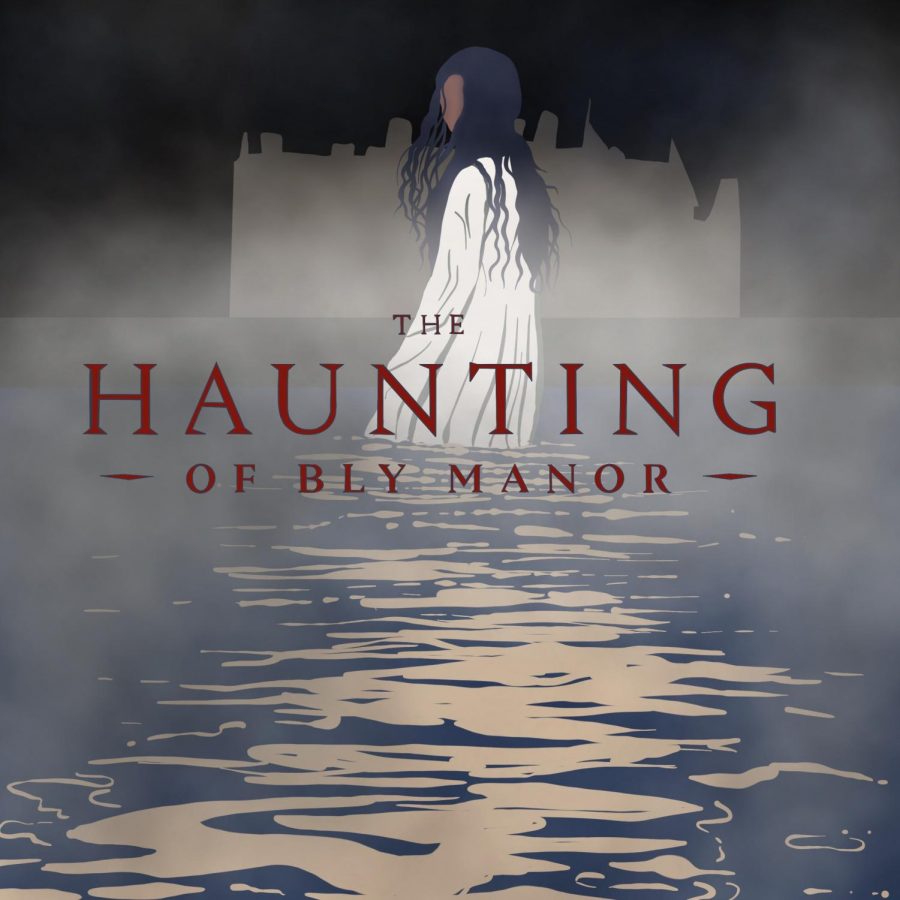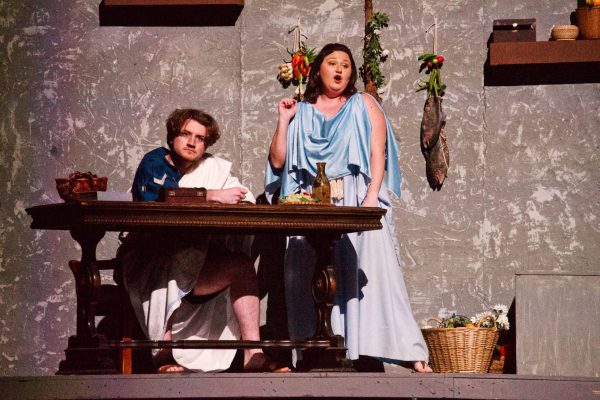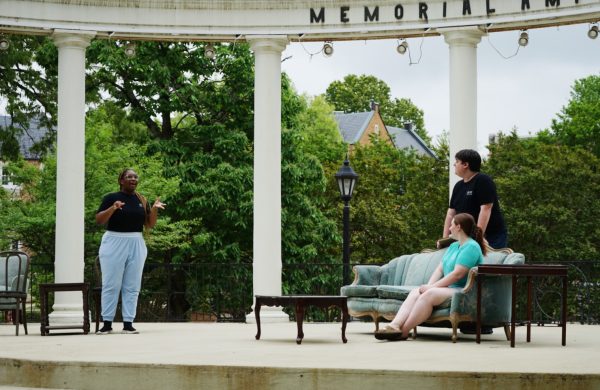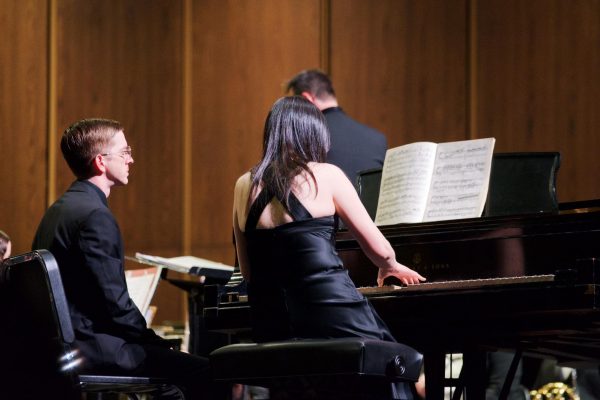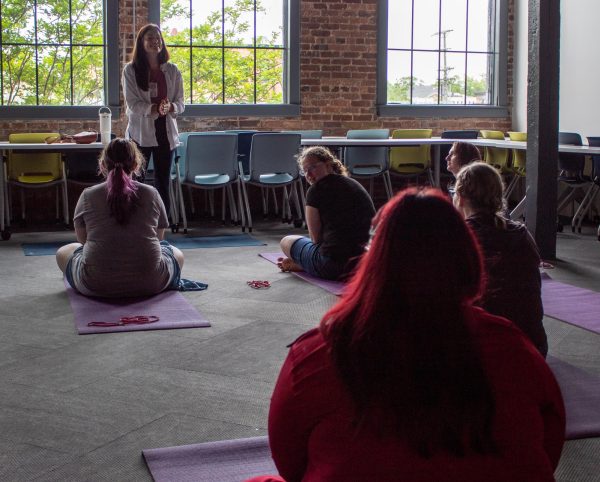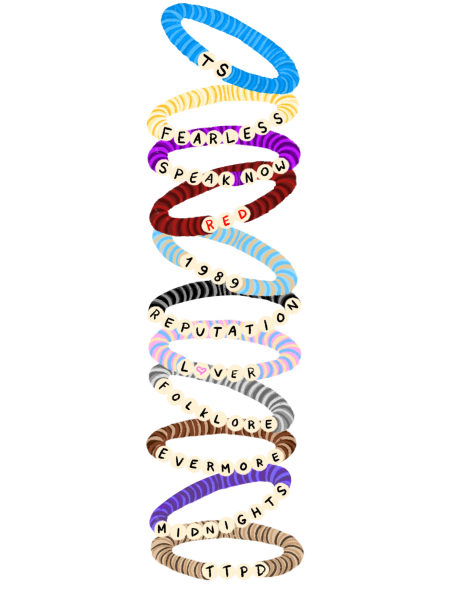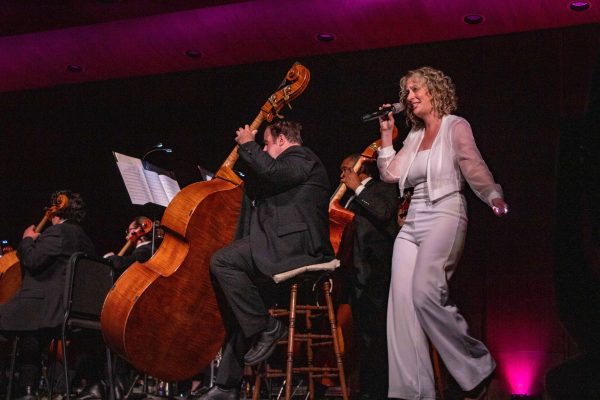‘The Haunting of Bly Manor’ is no Hill House
October 15, 2020
Netflix’s 2018 series “The Haunting of Hill House” was a show that left viewers in chills as they watched a beautiful story of modern familial struggles. As the characters struggled with infidelity, drug abuse, grief and depression, a ghost story was hauntingly told right beside it.
Director Mike Flannigan, most known for “Doctor Sleep”, “Oculus” and “Ouiji: Origin of Evil” was able to effortlessly intertwine paranormal horror with adulthood struggles.
Over the span of ten episodes, Flannigan was able to show audiences how childhood trauma can fester like an untreated wound. On Oct. 9, Flannigan’s second horror show hit Netflix and in comparison to its precursor the story line and character development fell short.
The show features some of the actors and actresses from “The Haunting of Hill House”. Victoria Pedretti, Oliver Jackson-Cohen and Henry Thomas all come back to the screen, only this time they are not family.
Unlike the last season, “The Haunting of Bly Manor” showcases diversity with the casting of three people of color.
To begin with, the plot of the show is far less nerve racking, as early on, the audience can easily guess the major plot points of the show. Unlike Hill House, this is less of a horror show and more of a love story.
Taking place in 1980s Britain, the main character, Dani, played by Victoria Pedretti, finds herself as the new governess of Bly Manor, a fictional place created in “The Turn of the Screw”, written by Henry James in 1898. This is where horror novelist, Shirley Jackson gained inspiration for Bly Manor.
In the novel, Bly Manor belongs to Henry Wingrave, portrayed by Henry Thomas, who is the uncle to Miles and Flora Wingrave. He spends nearly all of his time drinking the days away in his office in London, so he can avoid his dark past.
He describes the manor to Dani as “a great good place,” and then goes on to tell her that the children’s previous au pair (a young foreign person, typically a woman, who helps with housework or child care in exchange for room and board) committed suicide and was later found by eight-year-old Flora.
Lord Wingrave also fails to mention to Dani that the manor is incredibly haunted.
Flannigan enjoys intertwining present and past plotlines, and this season was no exception. Through the flashbacks, we are able to gain knowledge about the characters and learn of their haunting and troubling pasts.
This introduces one of the show’s main ghosts: the man in the mirror. Within the first few scenes of the show, the audience is introduced to the haunting site of a still man with glowing glasses that only appears to Dani when she looks in the mirror.
Unlike “Hill House”, the pieces of the mystery do not fit so effortlessly together. So, the audience is left to pick up the pieces which can be confusing at times. As we are introduced to Bly Manor, we are gathered around a fire as an unidentified woman tells the audience a ghost story. This narration continues throughout the show.
As always, Flannigan placed ghosts within the backgrounds of many shots for unexpected scares. In this season they are much easier to spot however and they are faceless. The ghosts of Bly Manor appear as though someone took clay and molded it onto their faces and it is terrifying.
This is the scariest thing within “The Haunting of Bly Manor” since the story focused more on the love stories than anything else.
The story features three relationships: an infidelity, an interracial couple and a same sex couple. The use of backstories proved useful during the development of the relationships. This also allows the show to slowly introduce new mysteries, even in the last few episodes.
In the end, patience comes in handy with “The Haunting of Bly Manor” as the show eventually delivers satisfying answers.
It is no Hill House, but it does provide yet another unique and haunting look at how we handle grief and loss. In the manor, secrets are more soul-stirring than scares.


